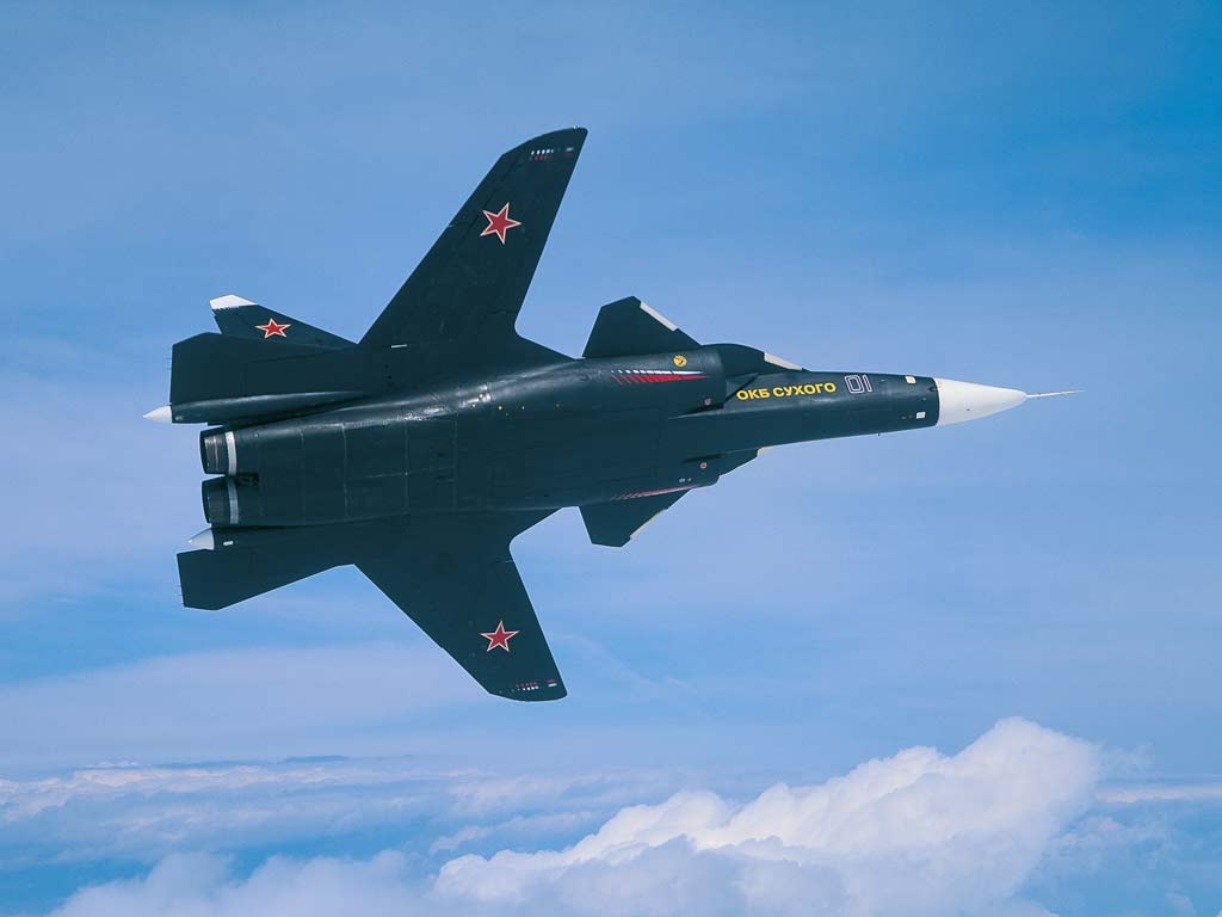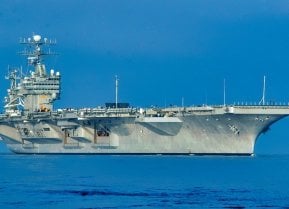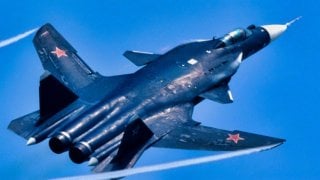Su-47: Why Russia Only Built One of These Strange Looking Fighters
The Russian Sukhoi Su-47 (NATO reporting name "Firkin") may have had the unofficial moniker "Berkut" (Russian for "Golden Eagle"). Still, instead of soaring high in the sky, the aircraft had its wing clipped before it even had a chance to prove itself.
Why the Su-47 failed: There are dozens of military aircraft that could have been the "next big thing," but never made it off the drawing board – while there are dozens more that resulted in little more than one-off prototypes.
The Russian Sukhoi Su-47 (NATO reporting name "Firkin") may have had the unofficial moniker "Berkut" (Russian for "Golden Eagle"), but instead of soaring high in the sky, the aircraft had its wing clipped before it even had a chance to prove itself.
Much like the United States Air Force's Grumman X-29, the Su-47 – which to only add to the confusion was initially designated the S-3s and later S-37 – was developed as an experimental test demonstrator for future aircraft designs. Also like the X-29, the experimental Russian aircraft featured a forward-swept wing, which reportedly provided the plan with excellent agility and maneuverability. In addition to the inverted canard delta wing configuration, the aircraft was designed with twin vertical stabilizers with no horizontal stabilizer.
Aviation experts will argue that the unusual layout creates unprecedented levels of stability and control at high angles of attack or when flying very close to the ground or water, but it also makes it difficult to fly fast enough to maintain altitude at low speeds without afterburners.
History of Forward-Swept Wings (That Look Backwards?)
Despite some claims, the Su-47 didn't copy the X-29, as the concept was first considered during the Second World War. Development wasn't easy, and engineers in both the United States and Nazi Germany (in completely unrelated programs) encountered several problems – notably metal wings could bend dangerously, especially at higher speeds – while an aircraft with forward-swept wings proved to be far from easy to fly.
In the case of the X-29, the problems were so great that the designers came close to throwing in the towel. However, they pressed on, and it became the first aircraft with such a unique wing design to fly supersonically. Unlike the Nazis, the American designers at Grumman had an advantage as they were working in peacetime and had years of experience to build on. In addition, the X-29 wasn't built entirely from the ground up, but rather Grumman produced its two prototypes from a pair of Northrop F-5A Freedom Fighter airframes. The design used the forward fuselage and nose landing gear from the F-5As, while control actuators and main landing gear came from an F-16.

Hatching the S-47
The Berkut program was actually born at the end of the Cold War but largely languished until the dissolution of the Soviet Union, when funding was frozen. That could of have been the story for the unique aircraft, which was officially known at the time as the S-37. However, development continued at Sukhoi, and in 2002 – after the aircraft was redesignated the Su-47 – it used a principal testbed for composite materials, as well as fly-by-wire controls. Like the X-29, the Russian prototype was created with borrowed components from existing aircraft.
In this case, the Su-47 retained some of the systems, and even component designs from the Su-27 (NATO reporting name "Flanker), and that included the design of the canopy, landing gear, and even some of the avionics.
The Golden Eagle would have had some serious talons, as it was developed with 14 hardpoints (two wingtips, six-eight underwing, six-four conformal under fuselage). The hardpoints could be equipped with R-77, R-77PD, R-73, and K-74 air-to-air missiles. In addition, the Su-47 could have carried a variety of air-to-surface missiles X-29T, X-29L, X-59M, X-31P, X-31A, KAB-500, and KAB-1500.

As AirForce-Technology reported, in May of 2022, Sukhoi was selected as the prime contractor for the next-generation Russian PAK FA fighter program, and technological advancement learned from experience with the Su-47 led to the future aircraft of the Russian Aerospace Forces, notably the Su-35 and Su-57.

The Su-47 never entered production, and a sole demonstrator is as far as the program reached. However, it was last at the International Aviation and Space Salon MAKS-2019 show held at Zhukovsky International Airport, Moscow, in August 2019.
Expert Biography
Peter Suciu is a Michigan-based writer who has contributed to more than four dozen magazines, newspapers, and websites with over 3,000 published pieces over a twenty-year career in journalism. He regularly writes about military hardware, firearms history, cybersecurity, and international affairs. Peter is also a Contributing Writer for Forbes. You can follow him on Twitter: @PeterSuciu.
All images are Creative Commons.


